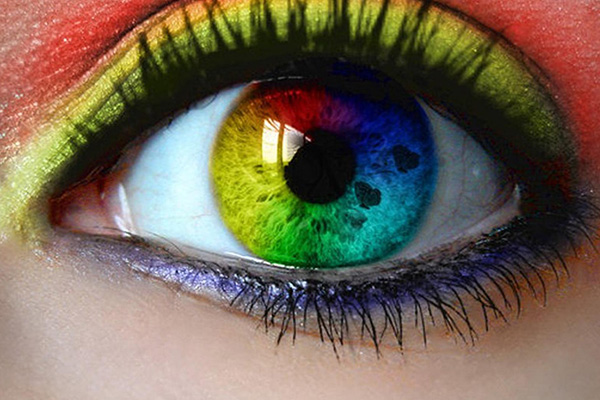Queer Eye | Issue 21
Intersections of Intersex
The first words that will have been heard by most of the people alive on this planet today — statistically, about 99.95 per cent — are a triumphant “it’s a boy!” or “it’s a girl!” But what about the others: that one child in 2,000?
Intersex is an umbrella phrase that describes over 30 conditions in humans, all of which lead to a body that cannot be easily categorised into “male” or “female.” This can be due to variance in any of the five factors generally accepted to constitute biological sex: chromosome number and type; gonads; sex hormones; internal reproductive anatomy; and external genitalia. In some conditions, for example, Complete Androgen Insensitivity Syndrome (CAIS), where the body is unable to respond to the masculinising effects of testosterone and other androgens, the person may well live their entire life not realising they are intersex unless they are karyotyped (chromosome mapped).
In many cases, though, there is visible genital ambiguity at birth. The birth of an intersex child will typically be treated as a medical emergency, with immediate intervention obviously required: a child might grow up not fitting absolutely into the binary way we have decided the world works? The horror!
The medical interventions in question are usually extensive, invasive, traumatic, and often incredibly painful. In essence, the medical team in attendance will “pick a side” based on the infant’s genitalia, and proceed to “correct” the body to better fit what children of the elected sex are supposed to look like. This may include hormone therapy, removal of internal gonadal tissue, and major reconstructive genital surgery, all before the child has left the hospital for the first time. Surgeries will often be on going throughout childhood, and almost always result in major scarring and the partial or complete loss of sexual sensation. Even putting aside the obvious problems with deciding on a) the sex someone else is going to be and b) the medical treatment they “ought” to have to bring them in line with how you think that sex should look, performing the surgeries you have deemed necessary so early in life can lead to its own set of problems; the often-inconsistent results will only become more so as the person grows, with some people suffering such horrific consequences as sudden, massive tearing and haemorrhage as the scar tissue finally becomes unable to keep up with the growth of the tissue around it.
We are unable to predict the gender of a child based on their physical sex at birth. That’s a fact. Depending on the survey population, anywhere between one and three per cent of dyadic (non-intersex) people identify with a gender other than the one to which they are assigned. That’s 21 million people across the world, 130 thousand in New Zealand, and over 600 at our own University of Otago. 21 million physically “normal” people for whom medicine got it wrong. What level of arrogance can possibly lead to thinking you have the right or the capability to make that call for people who don’t even have a clear physical sex for you to make a statistically-based guess on? To perform invasive, traumatic, and often experimental genital surgeries on infants who have not and cannot give their consent? It’s time for the medical profession to pull its head out of its collective ass on this one.



